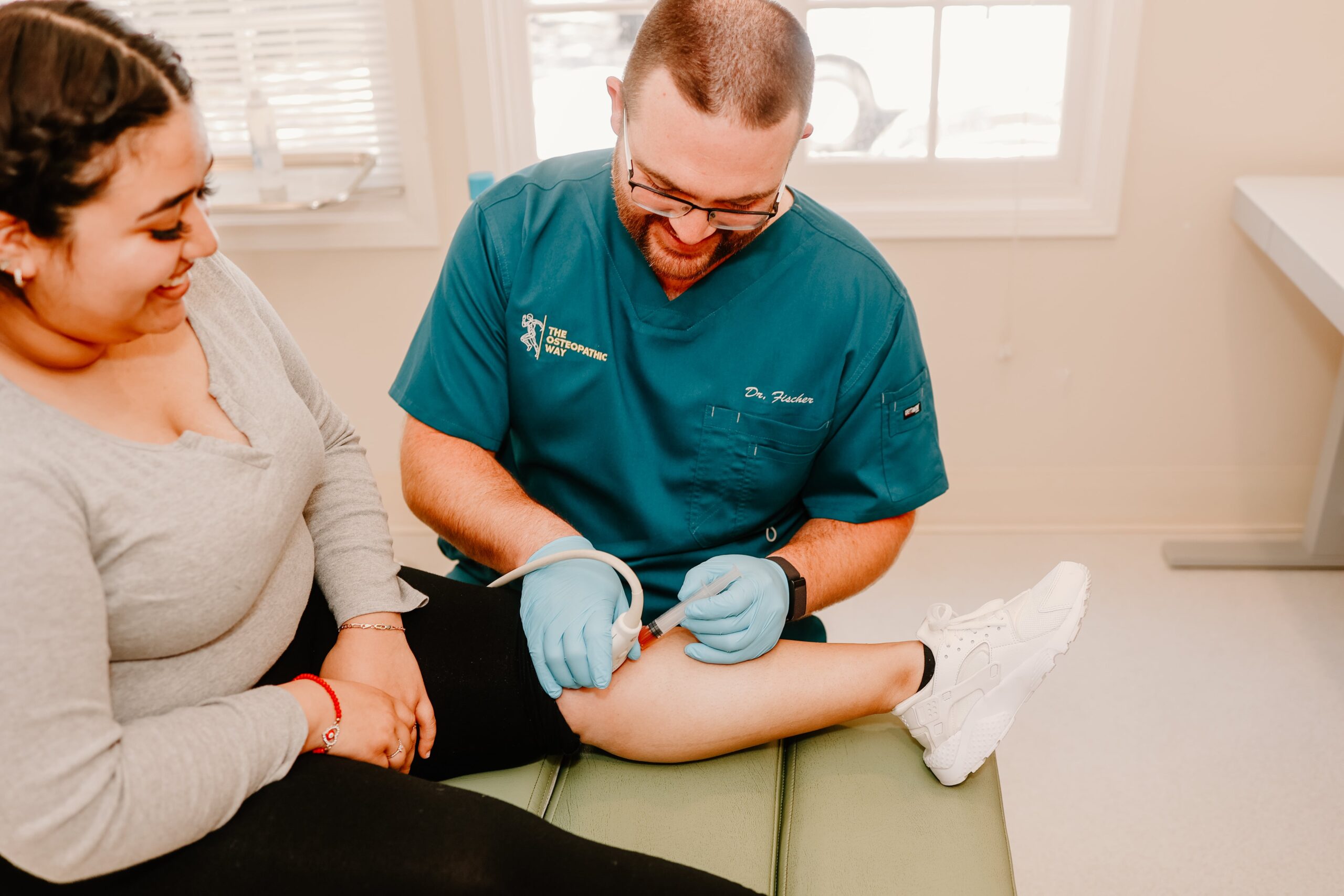
What Is Functional Medicine?
Functional medicine seeks to find the source of health dysfunction and correct it using a combination of lifestyle changes, supplements, and medication if needed.
ARTICLES
THE OSTEOPATHIC WAY

Orthopedic medicine was originally founded to treat broken bones and very acute trauma injuries.
Initially it was battle field wounds that often required amputation that forced the development of orthopedic techniques. Orthopedic Surgery has continued to evolve and has proven very valuable for bony injuries or severe joint conditions, however over the years we have found that surgery doesn’t really work to heal tendon or ligamentous tears or less severe joint problems.
Conservative management of these types of injuries has largely consisted of non steroidal anti-inflammatory medications and steroid injections.
In 1969 when Ibuprofen first came on the market, the drug class of Nonsteroidal Anti inflammatory Drugs (NSAIDs) was created and that was when orthopedic medicine took a wrong turn.
These are drugs such as Advil (Ibuprofen), Aleve (Naproxen), Voltaren (ketorolac), and Celebrex (Celecoxib).
NSAIDS are one of the most over prescribed and over taken drugs on the market and have one of the highest rates of side effects.
They are good for decreasing inflammation, but when used for a new (or acute injury) as they often are they can cause problems with healing.
Over the last several years, we have discovered a great deal more about the healing process. It turns out that the best healing occurs when there is a just the correct amount of inflammation in the presence of Mesenchymal Stem Cells. Inflammation is what signals these cells to jump into action.
If you don’t have the inflammation because you are taking NSAIDS or steroids, your body has a very very hard time healing correctly and this can lead to longer term pain.
Mesenchymal stem cells are responsible for telling all of the other healing cells what to do. When we use anti inflammatory agents, this process stops in its tracks and the mesenchymal stem cells are not activated. This places the body in a set of conditions that may lead to chronic pain. An incompletely healed tendon is significantly weaker than a fully healed tendon.
Healthy tendons and ligaments have a structure that is like multiple slices of cheddar cheese stacked up on top of each other and then attached at the ends to bones or muscles. On the other hand, when the tendon or ligament doesn’t heal properly, it heals with holes of varying sizes within it. You could think of this like stacked up Swiss cheese. Obviously, the stacked sliced cheddar cheese is much stronger than the stacked slices of Swiss cheese.
When force is placed across this tissue it creates micro tears that create more inflammation, causing more and more pain over time.
You may be saying to yourself but wait I didn’t take NSAIDS or have cortisone injections and my body still didn’t heal. What gives and how can you help?
Sometimes if the injury is too large the body’s healing response is overwhelmed and its not able to recruit enough mesenchymal stem cells to the area of injury. When this occurs, the body unfortunately heals in a pattern more like the Swiss cheese example above. This creates a situation where when the incorrectly or unhealed tissue is stressed it creates micro tears which cause a cycle of inflammation to occur. This inflammatory cycle may feel better with NSAIDS or ice but it does not go away and the longer it persists the harder it is to treat.
The good news is, we now have ways to treat even these types of injuries.
How do we do it? Using cutting edge technology and regenerative medicine. Check out our blog post on regenerative medicine for more information.
SHARE

Functional medicine seeks to find the source of health dysfunction and correct it using a combination of lifestyle changes, supplements, and medication if needed.

We take an overall approach to your health with functional medicine and create opportunity for your body to heal. One of the most innovative and unique ways to do this is with Regenerative Medicine.

Many DOs have done their residency training in an allopathic (MD) setting, and if you were to ask one of them what the difference is, many times they would say “nothing, it is the same.”